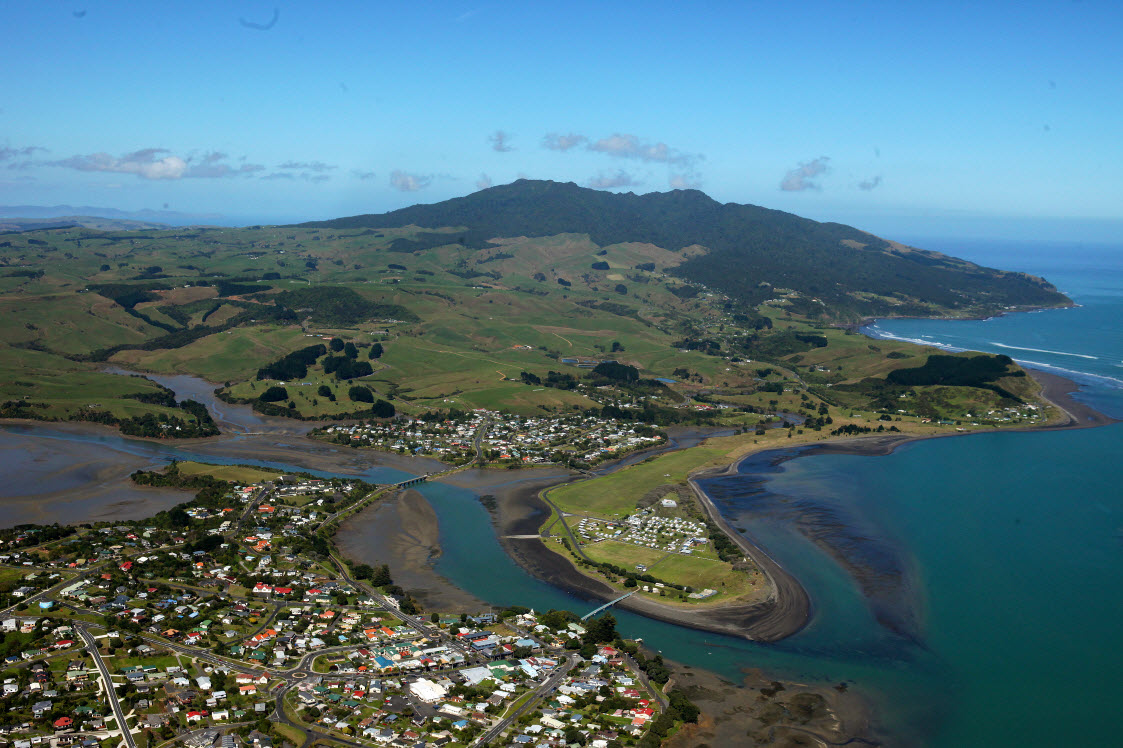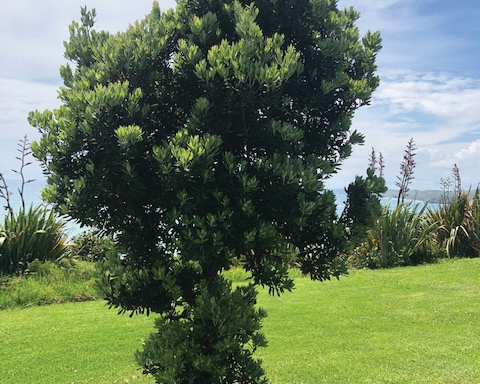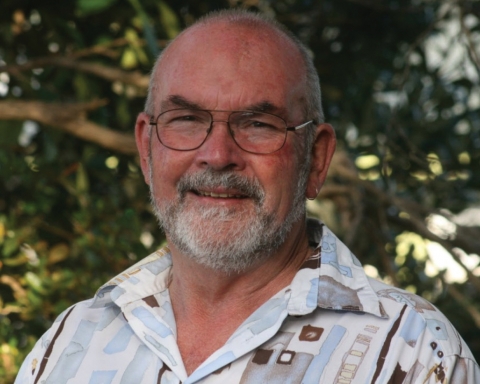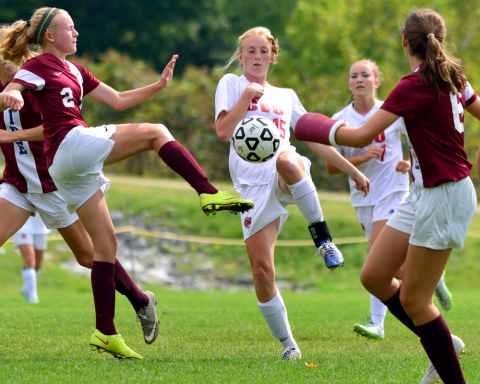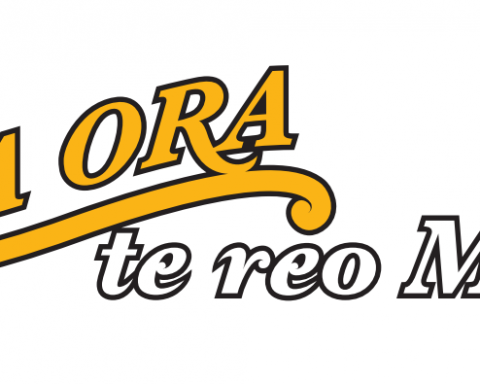As chairman of the West Coast Catchments committee I would like to respond to Waikato Regional councillor Fred Lichtwark’s article published on May 4, 2017, in the Chronicle.
I have been chairperson since November 2015 and a member of the West Coast Catchments Committee since 2014. During my time, our committee has operated in as practical a manner as possible, with the resources and information provided to them – we have made decisions based on the costs/ benefits to the entire West Coast Zone, not just particular catchments.
This is why when an opportunity became available to access funding for improving soil conservation in the hill country catchments, the committee was in full support. The photo taken recently, below, illustrates why we need to be working with landowners in these catchments to improve land management.
Sediment plume resulting from the Awakino and Mokau River outlets (Awakino River pictured)
The rating increase associated with the Hill Country Erosion Fund project is actually 23%, with the remaining related to an increase in operational spend throughout the West Coast Catchment. All rate payers in the West Coast Zone contribute to the targeted rate. Farmers will receive the greatest rate increase, as the West Coast Zone targeted rate is calculated as a percentage of capital land value. The 52% rate increase translates to $24 for properties with a CV up to $250,000 and $71 for those up to $2 million.
The Waikato Regional Council (WRC) staff presented the committee with three options to consider for meeting the funding requirements for the Hill County Erosion Fund project – they did not make a recommendation, as stated by Cr Lichtwark.
Cr Lichtwark also states that some committee members have voted, despite conflict of interest, to support the project that will allocate funds to their own farms. The projects
I am aware of, that farmer committee members have engaged in, have contracts that have already been entered into with WRC, with terms and conditions no different to that of non-committee land owners (35% WRC funded). Therefore, there would be no personal financial gain to partake in voting on the HCEF funding. The difference in the priority hill catchments of Awakino, Lower Mokau and Mangaotaki is that MPI matches the council funding with another 35%.
I am disappointed to see Cr Lichtwark criticise the West Coast committee in the media this way, considering the democratic process the committee engaged in to make the final recommendation. He is a member of the committee and was thus able to vote at the workshop. He did not exercise this right and chose to leave early. He was also therefore, unable to observe other committee members voting (as he has stated in his article).
Furthermore, the West Coast Catchment committee is an advisory committee to the Waikato Regional Council. The committee provides advice to the Integrated Catchment Committee (a statutory committee of council), who in turn make recommendations to the Waikato Regional Council. Councillor Lichtwark and his fellow elected councillors are responsible for the final decision as to whether any of these work programmes proceed.
Understanding his role as a councillor and the terms of references of the committees that he sits on would be very beneficial to him becoming an effective councillor for the region.
As members of west coast local communities, we are willing to stand on the committee (in our own free time) because we are passionate about our communities, catchments, district and region.
Rob Jolly
Chairman of the West Coast Catchment Committee

